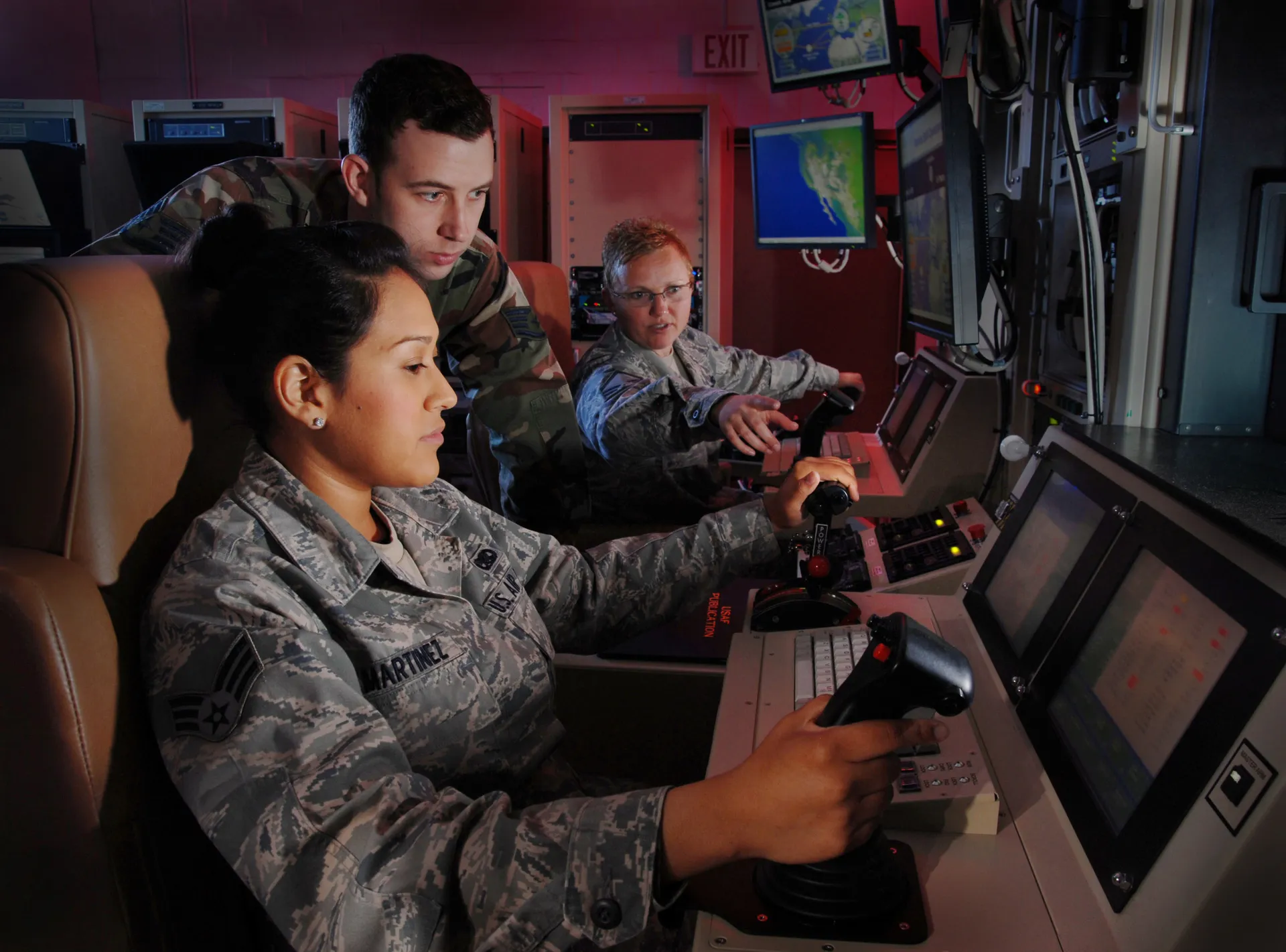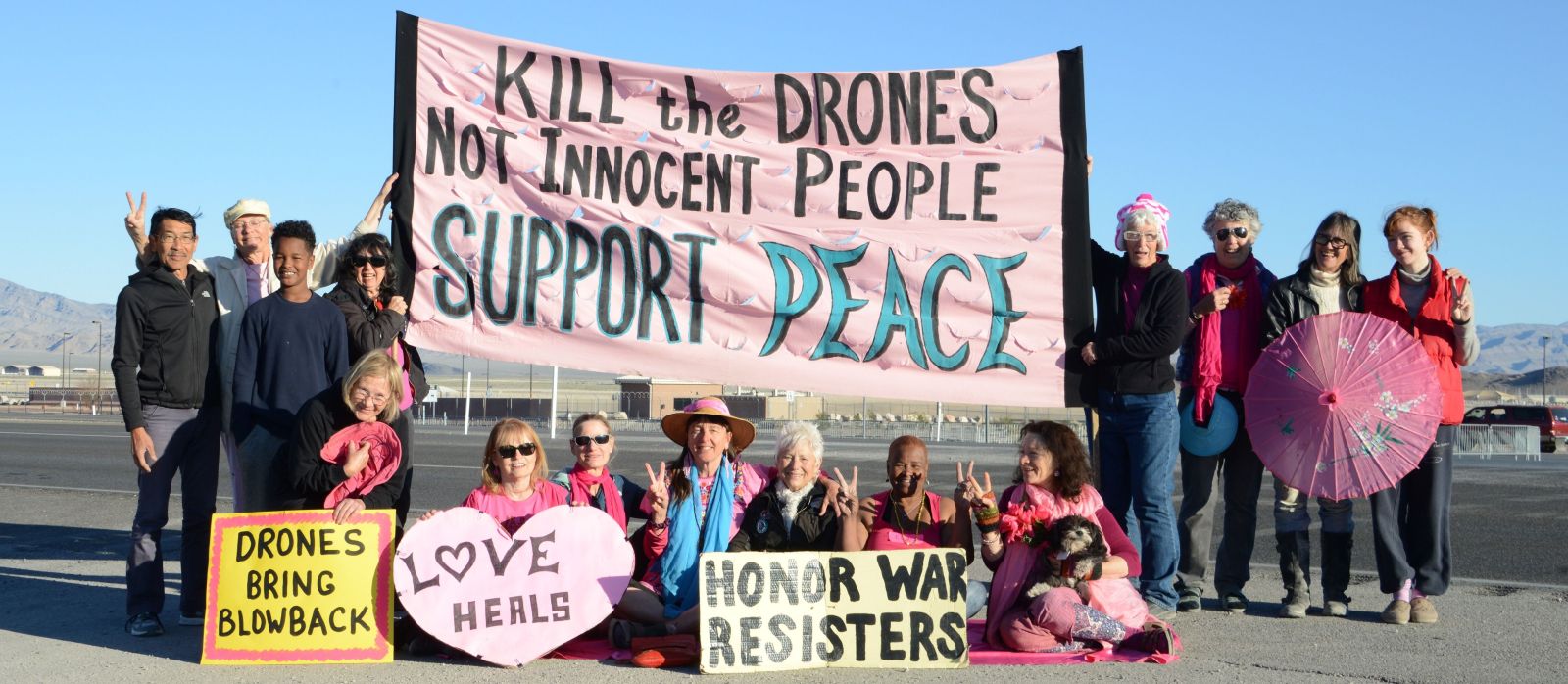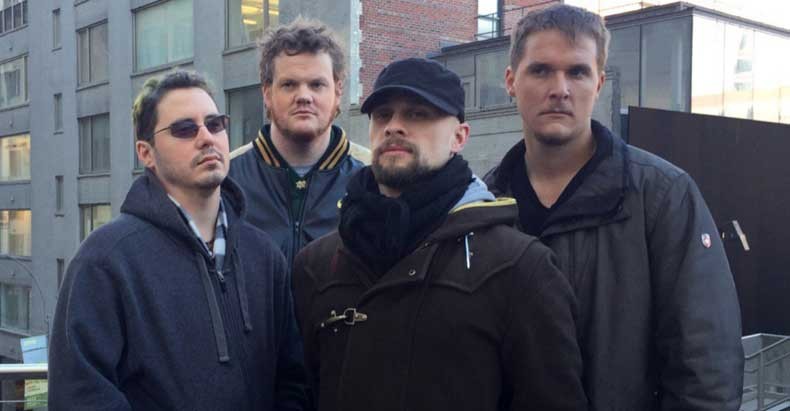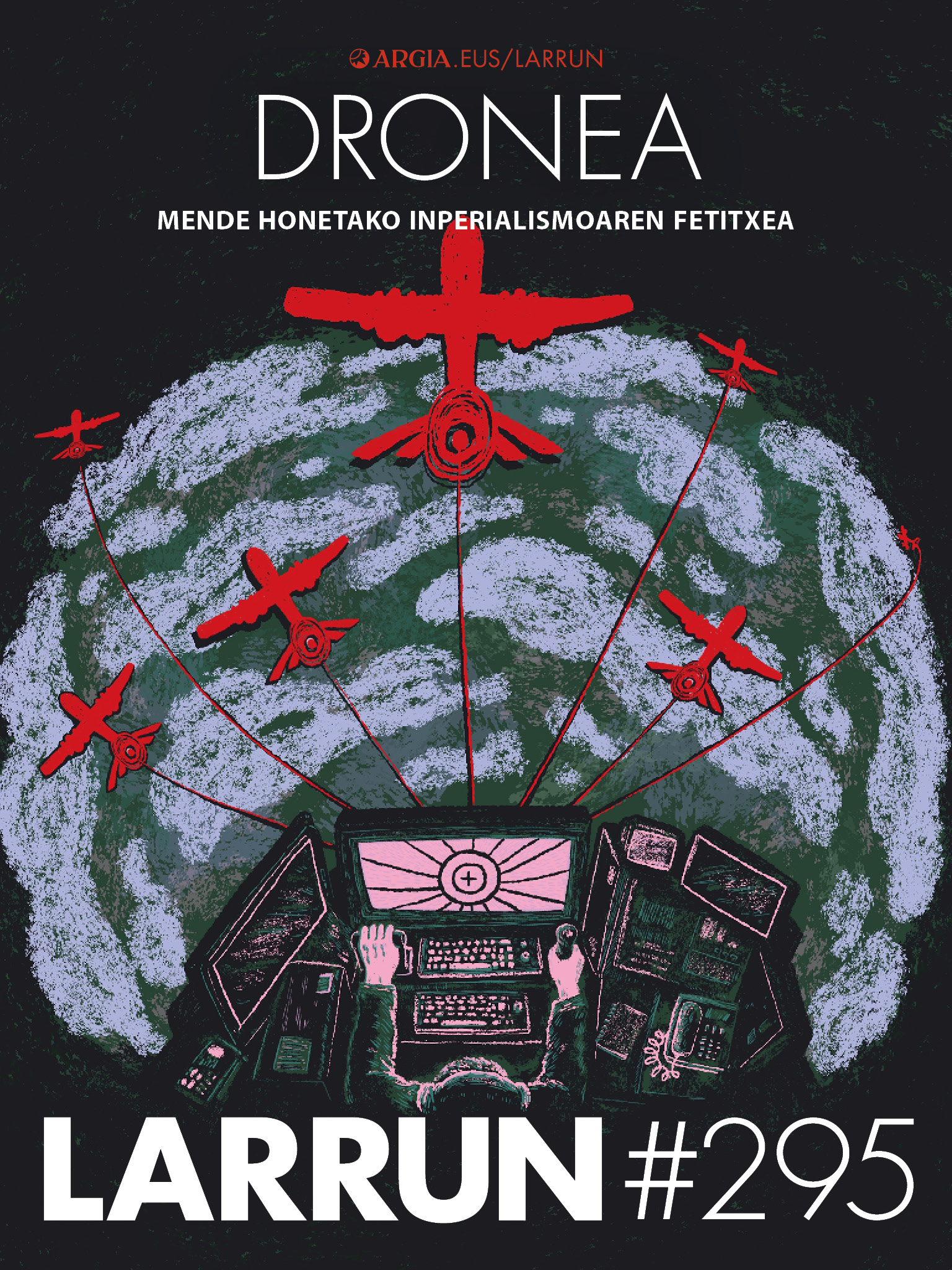When the fantasy of hunting is broken

An hour after the famous city of Las Vegas, in the middle of the desert is the Creech military airbase. In the 1950s, during the Cold War, it became famous for being the place of nearly 1,000 "experimental" nuclear explosions. In Creech, most of the U.S. drone strikes around the world have been coordinated over the past 20 years.
The words "House of Hunters" appear on the entrance door to the military base. Pilots and operators drones are called hunters. In the memoirs of former pilots Drones (Matt J. Martin, 2010) describe the hunting of "rats", "pigeon", "hen", "mice", etc. instead of people. The dead are called bugsplat. Killing a person is much easier if the victim is dehumanized and covered with the fantasy with which you are killing animals. This dehumanizing vision is still very present today. The Israeli Defense Minister, Yoav Gallante, said on 9 October 2023 that "in Gaza they are human animals and according to that we are going to try." Since then, 33,000 "animals" have been hunted in Gaza.
It has been said that drone war de-personalises war because the murderer's responsibility blurs. The relationship between operators and violence is equated with video games. Violence ceases to be a traumatic experience and becomes an almost playful activity. The American army uses video games in recruiting and training processes to quickly coordinate the hand and eye, while developing responsibility for many tasks and working with visual speed. For example, one of the creators of the popular game Call of Duty is the Pentagon's defense advisor.

But the speeches that aim to reduce the complexity of the current war to the level of video games are cartoons that don't match reality. Many denounce the opposite. Pilots have to observe for months their military objectives, they know them, they see them on a daily basis, they know their family and their political children, they observe them in the most intimate moments. Consequently, many cannot maintain the fantasy of being a hunter that turns its victims into prey.
The anthropologist Joseba Zulaika Irureta has known and analyzed the subject closely. For almost 30 years, until 2019, he has been a professor at the University of Nevada's Center for Basque Studies in Reno and has analyzed the U.S. Government's counter-orthodox discourse. Death from Las Vegas is his last book. The Drone War and resistance to American fantasy. Drone War and Resistance to American Fantasy, 2022).

Several times a year, militants against drones and nuclear weapons meet in front of Creech, and in recent years at the Hollomana military base in the New Mexico desert. The aim is to protest against American militarism. Between 2016 and 2018 Zulaika lived with them and participated in their activities. Besides interviewing entrepreneurs against drones, he learned about the experiences of former Creeche pilots, including Brandon Bryant and Cian Westmoreland. Both participated in the meetings of the anti-drone teams and shared their experiences.
Bryant was 19 when he graduated from high school in 2007 and entered the army to avoid debts for studying at college. Bryante launched a missile the first time, when he killed two men and saw a third party die in his intense agony gradually. It had never occurred to her that society, even as a teenager, demanded her become a serial killer. He talked about it with a priest and said, "It was all part of God's plan." Zulaika has gathered in her book that Bryante said that, once in an area where drones were shattering, she saw a mother casting her son from a bridge and then committed suicide.
Four years after his admission to Creeche, one day, at his drone's control station, he lost consciousness of the blood through his mouth. They diagnosed post-traumatic syndrome and sent him home. His body could no longer endure the trauma of continued mass death. As a prize, he received recognition of the number of "enemies" he helped to kill: 1,626. Bryant became a homeless vagabond and a terrible man.

William Westmoreland's father was a general of the American army in Vietnam, who led American troops during the bloody war. Cyan, his son, after staying in Creeche, defines himself as a "war criminal." Zulaika says that after a while as a drone pilot, Cyan Westmoreland asked the Creech bosses how many civilians were killed. "I didn't get any answers, so I decided to investigate myself and concluded that we died 359 civilians. Now I'm here for those young people I helped to die," he said. When Zulaika met Westmoreland, she was 22, traumatized and undergoing therapy. According to President Obama, in the eight years of his administration there were officially some 10,000 deaths, of which civilians were only between 64 and 116. The 359 civilians referred to by Westmoreland were executed in 2009, the same year that their commander Barack Hussein Obama was awarded the Nobel Peace Prize. According to the Pakistani newspaper Dawn, of the 708 people executed in Pakistan by American drones in 2009, only five were known militants.
But this so-called "ignorance" is one of the fundamental pillars of the "war on terrorism". As Zulaika stressed, they are not interested in the subjectivity of the terrorist, it is better not to know or understand why a person is the way it is, that it is easier for them to deny their human condition. In this equation drones play an important role as they help further depersonify the process. "The soldier cannot rethink himself day by day if he is a soldier or a murderer, but when the fiction they have believed falls, the trauma appears."
It's a problem with hundreds of pilots like Bryant, Westmoreland and they, Zulaika says, have seen it too much. This is how it is best understood why in Nevada, with a population of two and a half million people, there are 300,000 veterans of war, of which it is estimated that 20% have some trauma.













